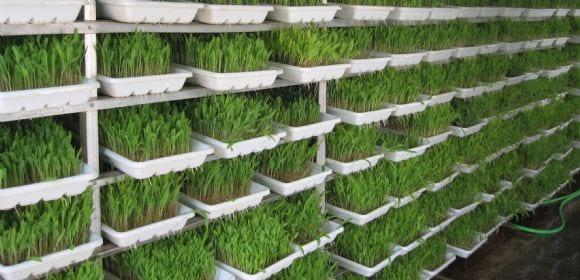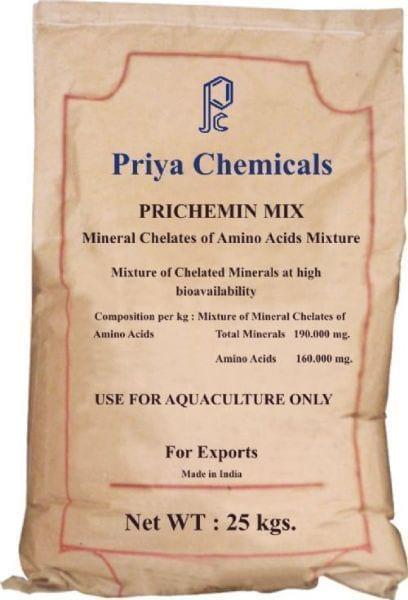Explore all the information on
Aquaponics
Welcome to the page about Aquaponics of Engormix; a source of knowledge on Aquaponics.
Adisseo announces its first edition of the Aqu@Event by Adisseo to be organized on March 30-31 under the theme “The New Normal in Aquaculture: Boost Your Resilience!” . This is an on-line event, spread over two half-day...
Comments : 0
Recommendations: 0
At the University of New Brunswick in Canada, researchers have developed a pilot-scale aquaponics system to select plants that are best adapted to efficiently recapture nutrients from salmon hatchery effluents. Along the way they’ve developed a novel substrate on which to grow the plants. In many aquaponic systems, it is common to use a substrate such as foam, coconut coir, rock-wool or expanded clay for seedling production and plant support. However, these substrates are often...
Comments : 3
Recommendations: 2
Introduction Aquaponics is a combination of both hydroponics and aquaculture. Marine aquaponics system applies this technology to marine aquatic organisms and plants that can be grown in sea water systems. Aquaponics systems are a symbiotic system where fish effluent provides nourishment to plants, while plants, in return, filters toxic fish waste from the fish tank water. Salicornia is a halophytes plant, which can be irrigated with salt water. It is a plant with a high content...
Comments : 0
Recommendations: 1
Integrated Multi-Trophic Aquaculture (IMTA) is a flexible concept on which many variations can be developed and should not be viewed as confined to open-water, marine systems. For instance, Atlantic salmon reared for commercial use spend the early part of their life cycle in freshwater, often in land-based, closed-containment hatcheries before being transferred to open-seawater sites. ...
Comments : 0
Recommendations: 1
Introduction
Aquaponics is an exciting new way to grow your favorite fruits, vegetables, and ornamental plants by combining the best of aquaculture and hydroponics to create a completely organic, sustainable and productive growing method. This method can be used both inside and out, it is dirt-free, weed-free, chemical-free, and it uses less than 1/10 the water needed by traditional, soil-based...
Comments : 0
Recommendations: 0
Nepal sees food security potential in aquaponics, a combination of aquaculture and hydroponics.
Aquaculture efficiently farms fish species while hydroponics ensures controlled use of water and nutrients in plant cultivation.
In aquaponics, water saturated with nutrient-rich fish excreta from aquaculture tanks is used in plant breeding before being circulated...
Comments : 11
Recommendations: 0
Aquaponics is the symbiotic cultivation of plants and aquatic animals in a recirculating environment. The systems rely on the relationship between the aquatic animals and the plants to maintain the environment. Water is only added to replace water loss from absorption by the plants, evaporation into the air, or the removal of biomass from the system. Aquaponic systems vary in size from small indoor units to large commercial units. They can use fresh or salt water depending on the type of...
Comments : 6
Recommendations: 0
Dear members, If you are thinking building your own aquaponics system, just check these tips provided by Chris H. Samuels on Aquaponics How to : Things To Think About When Building Your System Make sure the location of your system is ideal for both plants and fish. The temperature of the room should not be too hot or too cold, and your plants should not be affected by extrme weather conditions. It is optimal to build your...
Comments : 2
Recommendations: 0
Aquaponics is a bio-integrated system that links recirculating aquaculture with hydroponic vegetable, flower, or herb production. Recent advances by researchers and growers alike have turned aquaponics into a working model of sustainable food production. This publication provides an overview of aquaponics with brief profiles of working units around the country. An extensive list of resources point the reader to print and web-based educational materials for further technical...
Comments : 2
Recommendations: 1
A farmer whose sole product is fish can harvest bigger profits if a vegetable or herb crop is added to the system, said presenters at a conference on aquaculture. This form of agriculture, called aquaponics, is still rare in Alberta, said Nick Savidov, a research scientist with Alberta Agriculture's crop diversification centre in Brooks. Bacteria convert the fish waste to nutrients, which are taken up by plants growing in hydroponic troughs. The plants clean the water, which is...
Comments : 9
Recommendations: 0
1








